Mary Shelley Transformation Summary
Mary shelley transformation summary. Another of the literary types that Mary met as a teenager was Percy Bysshe Shelley a dashing young poet. Victor wishes he could confess in Justine s place but his absence at the time of the murder would make his confession sound like nonsense. In a sequence of letters Robert Walton the head of a ship hurdle for the North Pole recounts to his sister who was in England the advancement of his risky mission.
In the short story Transformation by Mary Shelley the main character Guido recalls his life story and admits all the horrible mistakes he made despite his shame and embarrassment. LitCharts assigns a color and icon to each theme in Frankenstein which you can use to track the themes throughout the work. When a young man squanders his inheritance and scornfully refuses the help of a family friend he descends into miserable fury.
For an unconscionable price. They have known each other since they were young and they promised each other their love in the chapel when they were very little. A Byronic anti-hero suffers for his pride.
Mathilda is a novel by Mary Wollstonecraft Shelley that explores the life of Matilda a woman isolated from society due to her unconventional upbringing. For I am fearless and therefore powerful and Life although it may only be an accumulation of anguish is dear to me and I will defend it. This theme is revealed through the forced evolution of Guido when he transforms into the dwarf.
Although the character Guido reveals the theme of Posthuman he also represents the Byronic Hero. Since then at an uncertain hour That agony returns. Mary Shelley believed in the Enlightenment idea that people could improve society through the responsible exercise of political power but she feared that the irresponsible exercise of power would lead to chaos.
Victorious early on the task is soon broken up by seas full of impenetrable ice. One of the most important themes of the story is the struggle of good and evil in a soul of a person. This item is available to borrow from 1 library branch.
Hes a young man who was desperately in love with Juliet. In Frankenstein Mary Shelley talks about a monster who transforms from an innocent individual to an evil person at the end.
Although the character Guido reveals the theme of Posthuman he also represents the Byronic Hero.
Mary Shelley explores various themes in this piece such as PosthumanLast Man. For an unconscionable price. The entire story revolves around the monster and his creator who abandons the monster at the time of monsters creation. Mary Shelley believed in the Enlightenment idea that people could improve society through the responsible exercise of political power but she feared that the irresponsible exercise of power would lead to chaos. Although he was an arrogant and selfish man who disregarded Juliets feelings. When a young man squanders his inheritance and scornfully refuses the help of a family friend he descends into miserable fury. This paper examines how Shelleys protagonist changed from The Creature into an articulate sensitive and self-educated being. Rough Albanians and Greeks a kidnapping and a pursuit well weaved into an adventure-like yarn. 2 - The Mortal Immortal.
For an unconscionable price. Nothing is so painful to the human mind as a great and sudden change Beware. In the short story Transformation by Mary Shelley the main character Guido recalls his life story and admits all the horrible mistakes he made despite his shame and embarrassment. The item Transformation Mary Shelley represents a specific individual material embodiment of a distinct intellectual or artistic creation found in City of Westminster Libraries. In 1814 the two ran away together for a tour of France Switzerland and GermanyMary escaping her family and Percy his wife. Human Elements of The Creature in Mary Shelleys Frankenstein. Mary Shelleys Transformation deals with a lot of reoccurring Shelley themes such as reckless youth young love journey and self transformation.












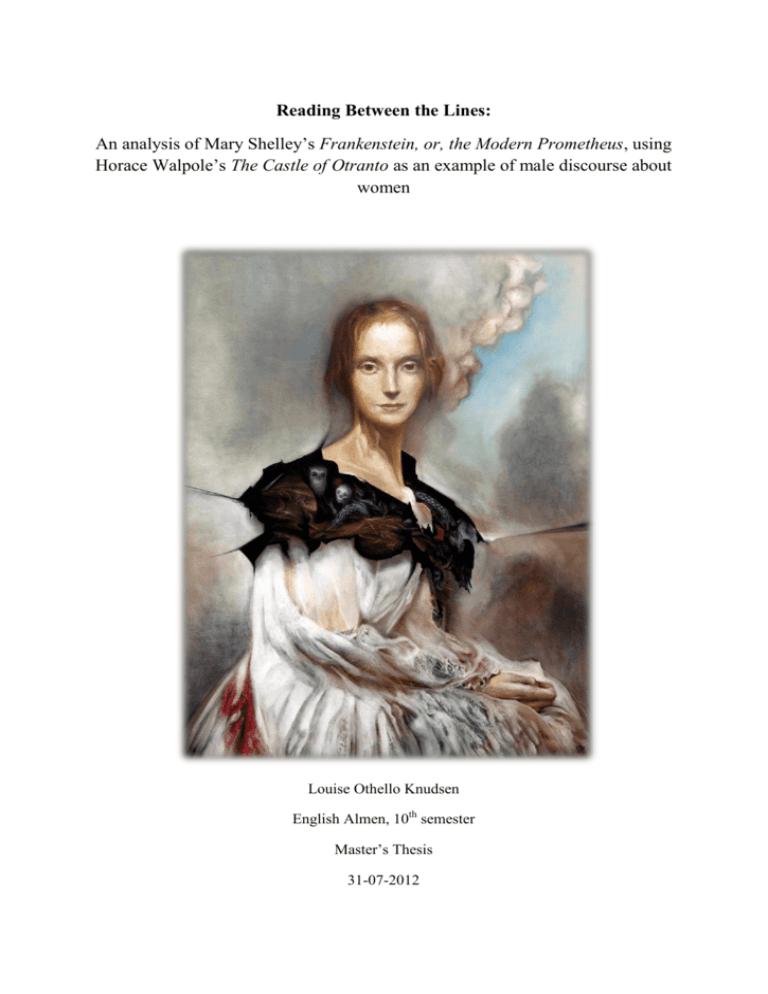
/GettyImages-599958329-1bf5a3d1c2204eddb9ced96f16723860.jpg)


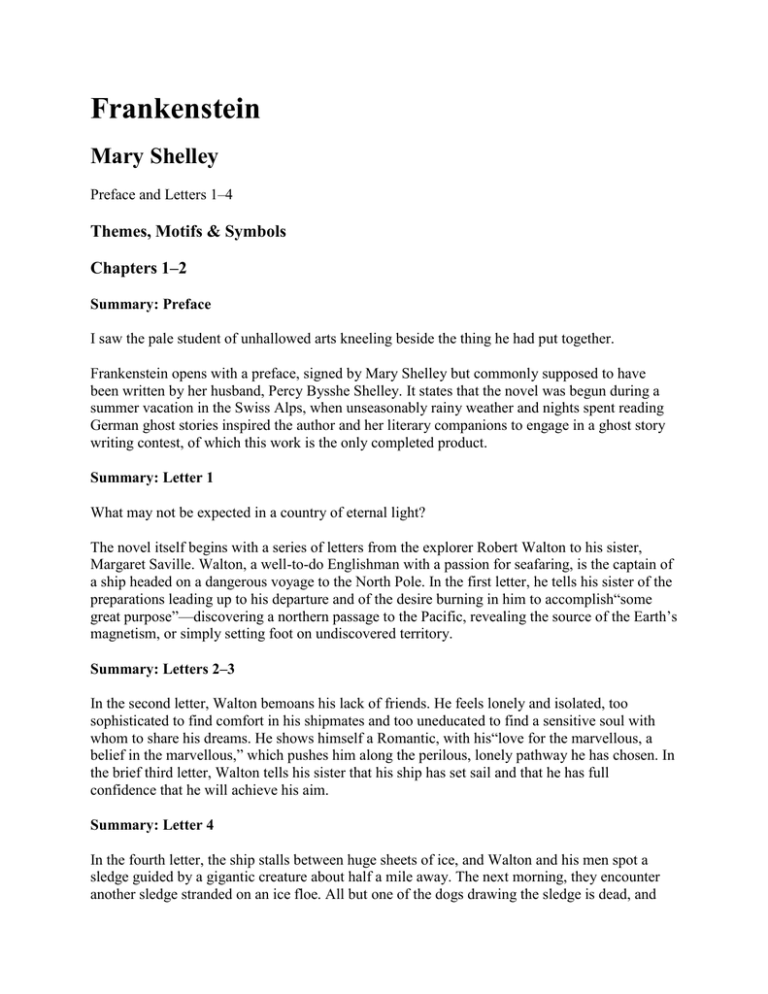



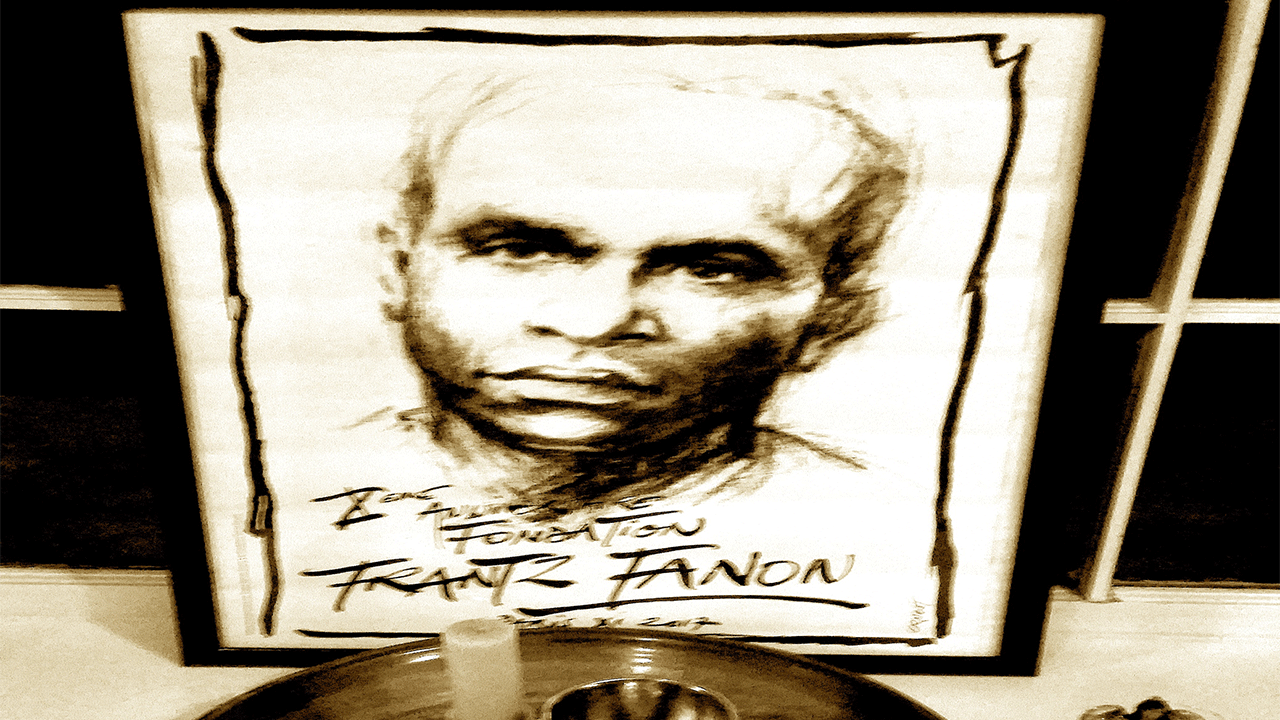


:max_bytes(150000):strip_icc()/mary-wollstonecraft---c1797-515867696-bcb5eb9a6e4f4a96bd0b8e96ef8d7000.jpg)



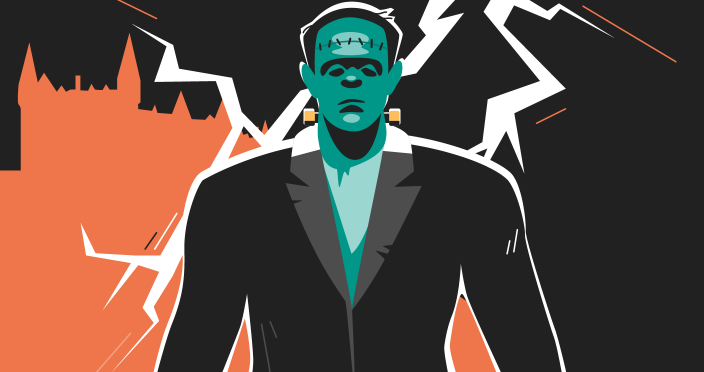












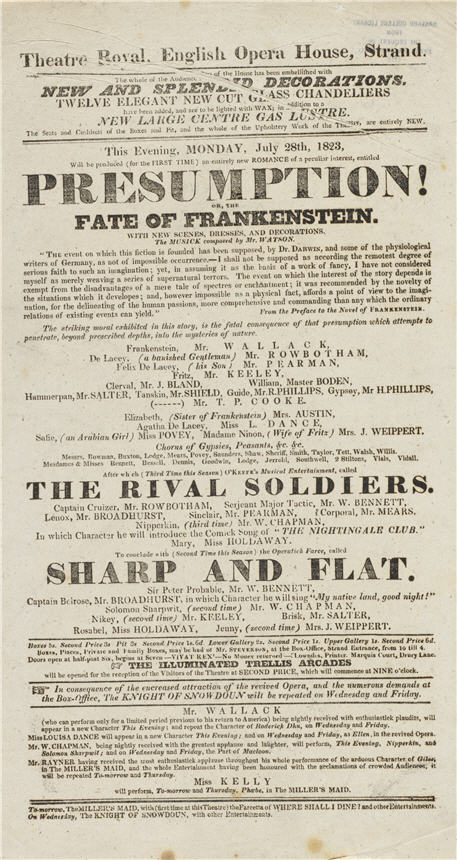
Post a Comment for "Mary Shelley Transformation Summary"